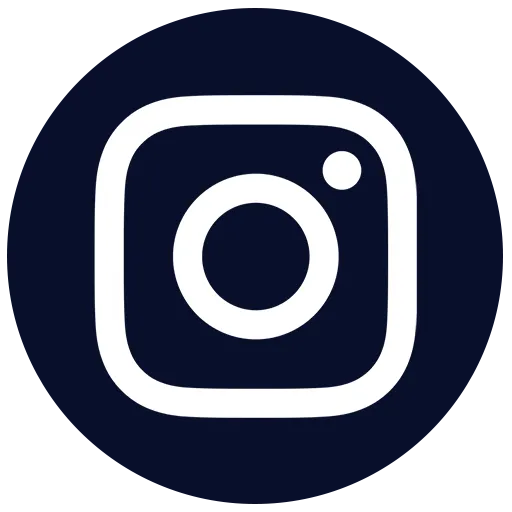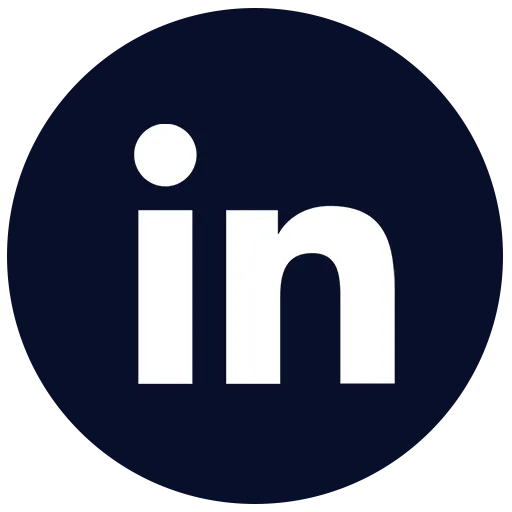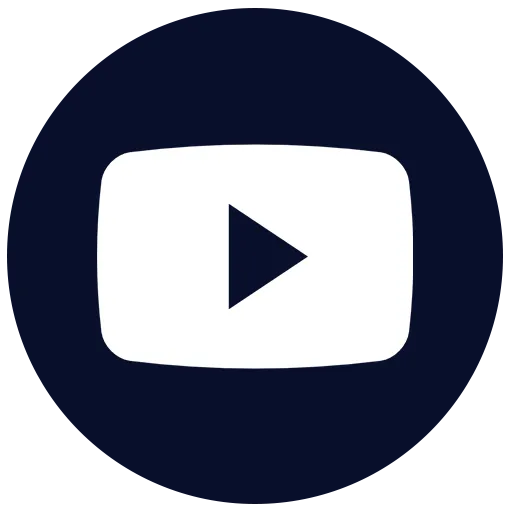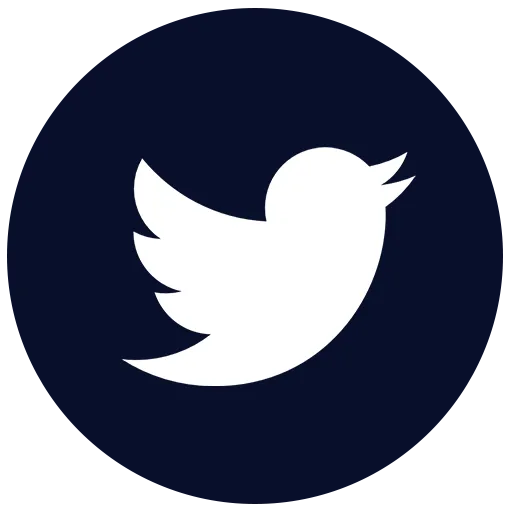240-447-5261
Blog

Blog

Creating Captivating Landing Pages to Drive Event Registrations
Creating a captivating landing page is essential for driving event registrations. A landing page serves as the first impression of your event. It’s a dedicated space where potential attendees can learn about the event and sign up. A good landing page needs to be clear, engaging, and persuasive.
The goal is to convert visitors into registrants. A cluttered or confusing landing page can deter people from signing up. A well-designed page, on the other hand, makes the registration process simple and enticing.
A successful landing page highlights critical information about the event. This includes the date, time, location, and benefits of attending. The design should be user-friendly with easy navigation. Additionally, it should include compelling visuals and a clear call-to-action (CTA). All these elements work together to keep visitors interested and motivate them to register.
By focusing on these key aspects, you can create a landing page that captures attention and drives registrations. The following sections will explore the purpose, elements, design tips, and ways to measure the success of your event landing page.
Understanding the Purpose of Event Landing Pages
Event landing pages are specifically designed to drive registrations for an event. The main goal is to inform potential attendees and prompt them to sign up. Unlike other web pages, landing pages focus on a single objective without distractions or extra information.
These pages serve several purposes:
Information Hub: A landing page provides crucial details about the event. This includes the date, time, location, and agenda. It should clearly explain what the event is about and what attendees can expect.
Conversion Point: The primary aim is to convert visitors into registrants. This involves persuading visitors that the event is worth their time. The page should make it easy for them to register with simple forms and a clear CTA.
Engagement Tool: Engaging content and visuals can capture the interest of potential attendees. Videos, images, and testimonials can make the event seem exciting and must-attend.
By understanding these purposes, you can tailor your landing page to effectively inform, convert, and engage visitors. This sets the stage for a higher number of registrations and a successful event.
Key Elements of a Captivating Landing Page
Creating a captivating landing page requires specific elements that draw visitors in and encourage them to register. Here are the key components to include:
Headline: The headline is the first thing visitors see. It should be catchy and convey the main benefit of attending the event. Keep it short and direct.
Event Details: Clearly display the event’s date, time, and location. Make sure this information is easy to find and understand.
Visuals: Use high-quality images and videos related to the event. Visual content can make the page more appealing and help convey the event’s atmosphere.
Benefits: Highlight the advantages of attending the event. Explain what attendees will learn or gain. Use bullet points to make this section easy to read.
Social Proof: Include testimonials or reviews from past attendees. This builds trust and shows that others have found value in the event.
Call-to-Action (CTA): The CTA should be clear and compelling. Use action words like “Register Now” or “Join Us.” Make sure the registration form is easy to complete.
Mobile-Friendly Design: Ensure your landing page is mobile-friendly. Many people will visit the page on their phones, so it must look good and function well on all devices.
By including these elements, you create a landing page that attracts visitors, provides essential information, and motivates them to register. Each component plays a vital role in converting visitors into event attendees.
Design Tips to Enhance User Engagement
To make your event landing page more engaging, focus on design elements that draw users in and keep them interested. Here are some design tips to boost engagement:
Clean Layout: A cluttered page can overwhelm visitors. Use a clean layout with ample white space to make information easy to read. Group related elements together and guide the visitor's eye through the page naturally.
Bold and Clear Typography: Use bold, clear fonts for headings and important information. Ensure the text is large enough to read easily on all devices. Stick to a limited number of font styles to keep the design cohesive.
Color Scheme: Choose a color scheme that aligns with your event branding. Use contrasting colors to highlight CTAs and important details. This makes it easier for visitors to find key information and encourages them to take action.
Interactive Elements: Incorporate interactive elements like countdown timers, hover effects, and clickable tabs. These features make the page more dynamic and engaging, prompting visitors to explore more.
Fast Loading Times: Ensure your landing page loads quickly. Slow loading times can frustrate visitors and lead to higher bounce rates. Optimize images and other elements to improve loading speed.
Responsive Design: Make sure your page looks great on all devices. Use responsive design techniques to ensure it adapts to different screen sizes, providing a seamless experience for all users.
By focusing on these design tips, you can create an engaging event landing page that keeps visitors interested and drives registrations.
Measuring the Success of Your Event Landing Page
To know if your event landing page is effective, you need to measure its success. Here are some key metrics to track:
Conversion Rate: The conversion rate shows how many visitors signed up for the event. Divide the number of registrations by the number of visitors to get this rate. A higher conversion rate means your page is persuasive and effective.
Bounce Rate: The bounce rate indicates how many visitors leave the page without taking any action. A high bounce rate suggests that visitors aren’t finding what they need. Analyze and adjust your content and design to retain visitors longer.
Average Time on Page: This metric shows how long visitors stay on your landing page. More time spent indicates they are engaged with your content. If the time is short, consider adding more interesting elements or simplifying the information.
A/B Testing Results: Conduct A/B testing to compare different versions of your landing page. Test variations of headlines, CTAs, or images. Use the results to identify what works best and optimize your page accordingly.
Scroll Depth: Scroll depth measures how far visitors scroll down your page. This indicates how much of your content they are viewing. If many visitors aren’t scrolling far, reposition important information higher on the page.
Engagement Metrics: Look at other engagement metrics like clicks on CTAs, video plays, or interactions with interactive elements. These can give insights into what interests your visitors most.
Regularly monitoring these metrics helps you understand how well your landing page is performing and where improvements are needed.
Conclusion
Creating a captivating landing page is crucial for driving event registrations. By understanding its purpose, including key elements, and following design tips, you can engage visitors and encourage sign-ups. Measuring the success of your landing page with clear metrics helps refine and enhance your approach.
For more advanced strategies and tools to create engaging event landing pages, consider partnering with experts. At Connects 360 LLC, we specialize in helping businesses increase their event registrations with omnichannel marketing services. Contact us today to learn how we can support your next event.

© Connects 360° LLC |
Privacy Policy | All Rights Reserved
Created with Connects 360 Web Services.

© Connects 360° LLC | All Rights Reserved | Privacy Policy | Created with Connects 360 Web Services.





